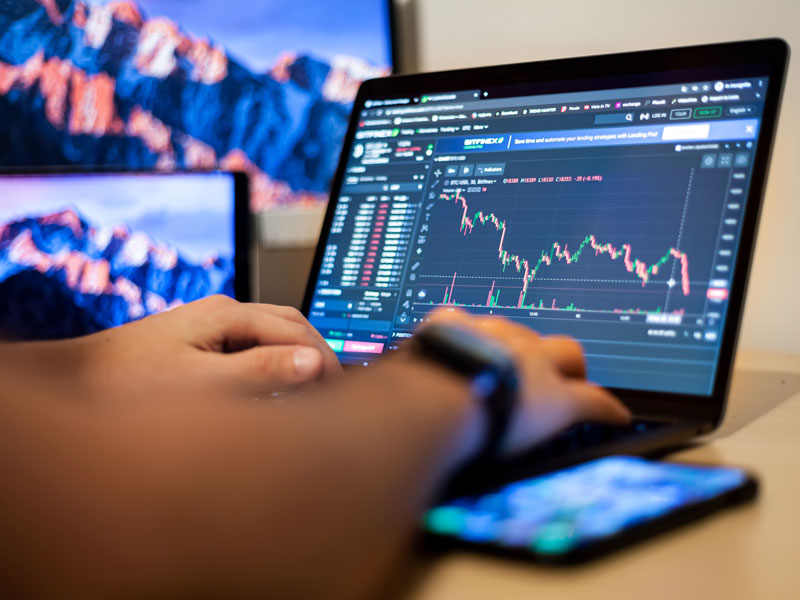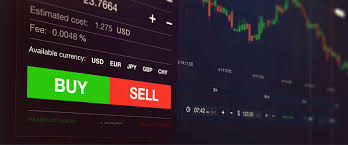- No Products In The Cart
- start shopping
Mastering Forex Trading A Comprehensive Training Guide 1936440797

Mastering Forex Trading: A Comprehensive Training Guide
Forex trading has become a popular avenue for individuals seeking to invest and grow their wealth. Understanding how to navigate this vast market can seem daunting, but with the right training and resources, anyone can become a successful trader. In this article, we will explore the fundamentals of Forex trading, essential strategies, key terminology, and where to find reliable information about brokers, including forex trading training Brokers Argentina. By the end of this guide, you will have a solid foundation to start your journey in Forex trading.
What is Forex Trading?
Forex, or foreign exchange, involves the buying and selling of currencies on a global scale. It is the largest financial market in the world, with a daily trading volume exceeding $6 trillion. Traders speculate on the fluctuations in currency exchange rates, aiming to profit from price changes. Unlike stock markets, the Forex market operates 24 hours a day, five days a week, allowing traders to participate from anywhere across the globe.
Understanding the Basics of Forex Trading
Before diving into trading strategies, it’s important to grasp some key concepts related to Forex trading:
- Currency Pairs: Currencies are traded in pairs, such as EUR/USD (Euro/US Dollar) or GBP/JPY (British Pound/Japanese Yen). The first currency in the pair is the base currency, while the second is the quote currency.
- Bid and Ask Price: The bid price is the amount a trader is willing to pay for the base currency, while the ask price is what sellers are asking for. The difference between them is called the spread.
- Leverage: Forex trading often involves leverage, which allows traders to control larger positions with a smaller amount of capital. For example, with a leverage of 100:1, a trader can hold a position worth $100,000 with just $1,000 of their own capital.
- Pips: A pip is the smallest price movement in a currency pair, typically measured to four decimal places. For example, a move from 1.1234 to 1.1235 represents a 1 pip movement.
Choosing the Right Forex Broker
Selecting a reliable Forex broker is crucial for successful trading. A good broker should offer a user-friendly trading platform, various tools and resources for analysis, competitive spreads, and educational materials. Additionally, ensure that the broker is properly regulated by reputable financial authorities. For traders in Argentina, researching brokers like Brokers Argentina is essential for finding trustworthy services that meet local trading needs.
Essential Trading Strategies
While there are countless strategies available to Forex traders, some have proven to be more effective than others. Here are three fundamental strategies to consider:
1. Day Trading

Day trading involves opening and closing positions within a single trading day to profit from small price movements. This strategy requires quick decision-making skills and a strong grasp of technical analysis. It’s ideal for those who can dedicate time to monitor the markets throughout the day.
2. Swing Trading
Swing trading focuses on capturing price movements over a longer period, typically from a few days to several weeks. Traders use a combination of technical analysis and fundamental analysis to identify potential trades. This strategy is suitable for those who cannot commit to full-time trading.
3. Scalping
Scalping is a high-frequency trading strategy that aims to profit from minute price changes. Traders make numerous trades throughout the day, holding positions for just seconds or minutes. Scalping requires a solid understanding of market dynamics and quick execution capabilities.
Risk Management in Forex Trading
Effective risk management is vital for long-term success in Forex trading. Here are some essential tips:
- Use Stop Loss Orders: These orders automatically close a position when the price reaches a predetermined level, limiting potential losses.
- Diversify Your Portfolio: Avoid putting all your capital into a single trade. Diversifying across different currency pairs can reduce risk.
- Risk Only What You Can Afford to Lose: Determine how much capital you’re willing to risk on a trade and stick to that limit.
Continuous Learning: The Key to Success
The Forex market is constantly evolving, making continuous education imperative for traders. Many online resources, such as webinars, courses, and trading forums, provide valuable insights into market trends and strategies. Additionally, practicing in a demo account can help to build confidence and refine your trading skills.
Conclusion
Forex trading offers exciting opportunities for profit, but it requires dedication, knowledge, and a solid trading plan. By investing time in education and training, traders can enhance their skills and better navigate the complexities of the Forex market. Remember, each trader’s journey is unique, and the key to success is continuous improvement and learning from experiences.

